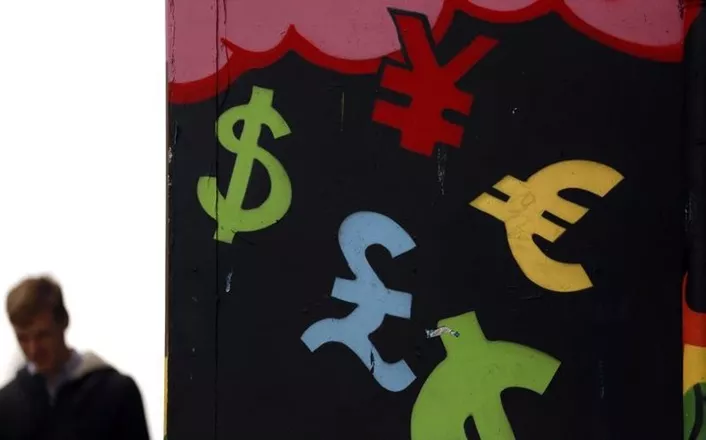The Hong Kong Monetary Authority (HKMA) stepped into the foreign exchange market on Friday, buying U.S. dollars and injecting around HKD 46 billion into the banking system. This action was taken as the Hong Kong dollar (HKD) hit 7.75 against the U.S. dollar, the strong side of its allowed trading range under the Linked Exchange Rate System (LERS).
Under the LERS, when the HKD reaches 7.75 per USD, the HKMA is required to intervene by selling HKD and buying USD. This mechanism ensures the HKD stays within a defined range, preserving stability in the currency market.
Commitment to Currency Peg
The intervention shows the HKMA’s continued commitment to maintaining the peg between the HKD and the USD. Since 2005, the HKMA has been required to act when the HKD hits 7.75, the strong side of the convertibility band. This rule was introduced to reduce uncertainty in the market and limit how much discretion the authority has when managing the exchange rate.
Unlike interventions on the weak side of the band, where the HKMA sells USD and buys HKD, potentially limited by the size of its foreign reserves, actions on the strong side have fewer constraints. That’s because the authority can create HKD to support the system.
Liquidity Injection and Interest Rate Effects
By injecting HKD 46 billion into the banking system, the HKMA increased the amount of local currency in circulation, known as the aggregate balance. A higher aggregate balance tends to push down interest rates in Hong Kong.
This also affects the cost of borrowing HKD in currency markets, often tracked through what’s known as HKD points. When more HKD is available, borrowing becomes cheaper. If demand for HKD continues, the HKMA may carry out more interventions, buying more USD and issuing more HKD.
Market Impact May Be Softened
Despite the large cash injection, the immediate impact on the market could be limited. That’s because banks have access to free intraday liquidity through repurchase agreements, or repos. These allow financial institutions to meet their short-term funding needs without relying solely on the day-end aggregate balance.
The headline figure for the aggregate balance stands at about HKD 45 billion. However, following this intervention, it is projected to rise to around HKD 91 billion. Even so, the actual liquidity available to banks during the day is often much higher.
In recent years, the intraday aggregate balance has remained above HKD 200 billion. This sizable buffer means that the HKMA’s actions may not cause sudden shifts in interest rates or lending costs.
System Working as Designed
The Linked Exchange Rate System has been in place since 1983 and remains a core part of Hong Kong’s monetary policy. The system is designed to keep the exchange rate stable and predictable by allowing the currency to trade only within a specific band.
The HKMA’s latest move highlights the automatic nature of this framework. When the HKD gets too strong, the system requires action to bring it back in line — and that’s exactly what happened on Friday.
By following clear rules and intervening when needed, the HKMA reinforces investor confidence in the currency system. The intervention shows that the system is functioning as intended, ensuring stability in the local financial market.
Related topics:


